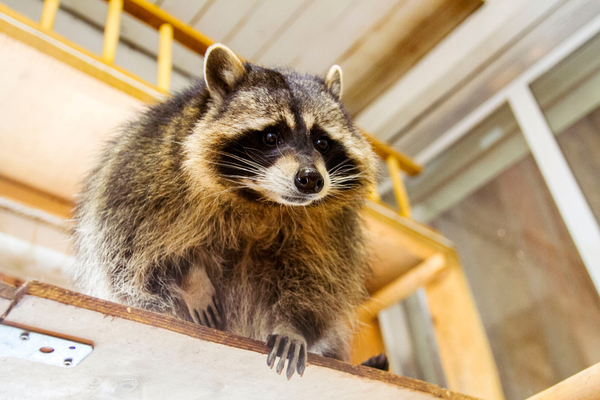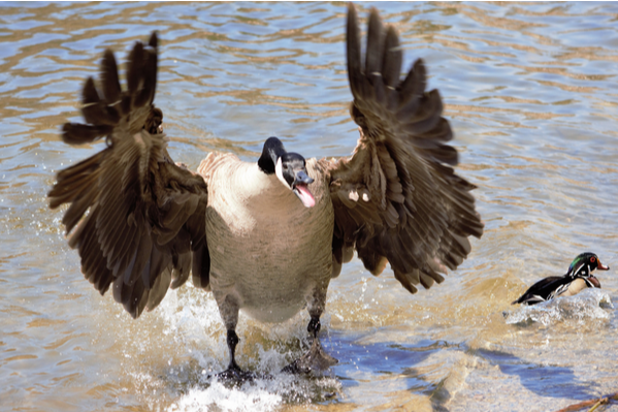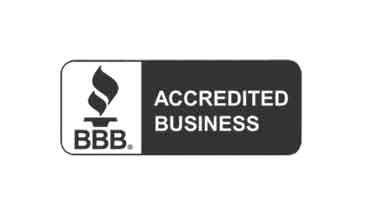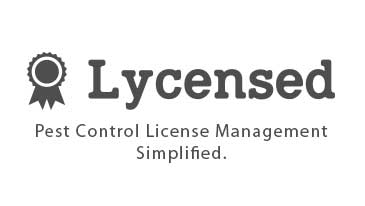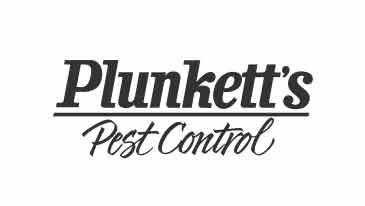Nobody expects to come home to find a raccoon rooting through their kitchen pantry or a bat in the basement, but it can happen. Wild animals in your home can be dangerous and cause damage to your home, so it’s important to know what to do—and what not to do—when an animal gets inside.
If You Find a Wild Animal In Your Home…
Stay Calm
If you’re panicking, the animal will panic. You want to keep the animal as calm as possible until you have it removed. Move slowly, speak quietly, and take deep breaths.
What Not To Do: Attempt to Shoo the AnimalDon’t try to force the animal to move or leave your home. This will make it defensive and therefore dangerous. Instead, keep your distance and let the animal go wherever it wants to go. Your number one objective is to keep the animal calm until animal control can take it away.
Call For Help Right Away
This is the most important step. If there’s an animal in your home, you absolutely need professional help. Call Varment Guard and let us know it’s an emergency.
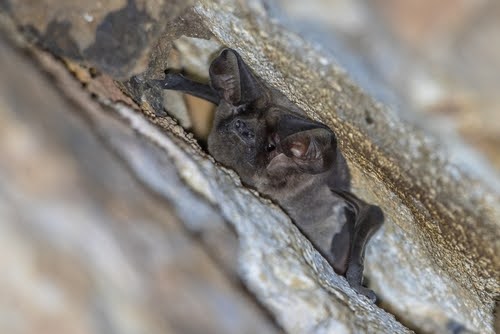
Keep Your Distance
Give the animal space and try to stay out of its line of sight at all times. You can always repair or replace home damage, but you can’t undo injuries.
What Not To Do: Approach ItIf possible, do your best not to approach the wild animal at all. If you absolutely need to move closer to it for some reason, do so very slowly. Do not stay close to the animal for any longer than is absolutely necessary. The more space you can give it, the better. Be especially careful about approaching animals while they’re not looking at you. Animals are at their most dangerous when they’re startled. This is very important. Don’t do anything that could scare the wild animal. Don’t make sudden movements or loud noises. DO NOT throw anything at the animal, lunge at it, prod it, or otherwise actively attempt to startle it. Leave the animal alone as much as you possibly can, even if it’s inflicting damage on your home. Trying to bully an animal never ends well.
Keep an Eye on the Animal
While giving the animal space, still make sure you know where the animal is—don’t let it out of your sight. Don’t stop the animal from hiding, but make sure you know where it’s hiding.
What Not To Do: Block Its Path
This rule might be difficult to follow, but it’s important. In general, you should let the animal move where it wants to move. If it’s headed toward a door, don’t slam that door. We’re not saying you have to open your pantry doors, but you shouldn’t actively impede the animal either. Never stand in the animal’s way or attempt to shoo it toward another area of the home. It might be hard to watch a skunk lumber toward your clean carpet, but it beats the alternative.
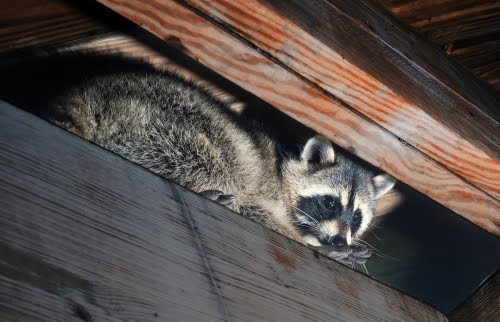
Take a Picture
Take a couple of pictures of the animal when you get a chance. Make sure your flash is off and your phone is on silent to avoid scaring the pest. If you lose sight of the animal, you can show the pictures to animal control when we arrive. Additionally, you should take pictures of any damage the animal inflicts on your home.
What Not To Do: Leave Your HomeYou might want to evacuate your home immediately, but you should resist the impulse. Instead, stay where you are, contact us immediately, and watch the animal. If you leave your home, you won’t see where the animal goes. It could inflict damage you won’t notice right away, and it’ll be harder to find when we arrive.
Separate Your Pets
Keeping your pet away from the wild animal in your home is crucial. Pets are naturally defensive and often react to an unwelcome animal’s presence aggressively. Take whatever steps you can to separate your pet from the animal safely.
What Not To Do: Control the Wild AnimalDo not attempt to restrain or move the wild animal, focus on isolating your pet instead.
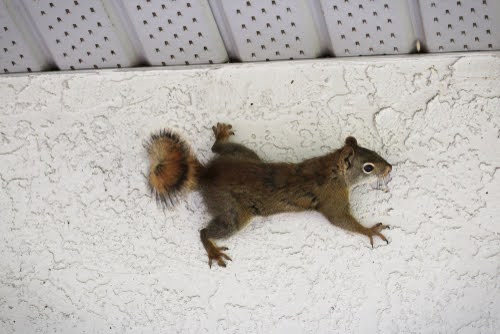
Types of Wildlife That Commonly Enter Homes
- Raccoons: Known for breaking into attics, chimneys, and crawlspaces, they can cause significant damage and spread diseases like rabies.
- Squirrels: Frequently enter attics and walls, chewing on wires and insulation, which can be a fire hazard.
- Bats: Often found in attics and walls, their guano poses serious health risks like histoplasmosis.
- Opossums: Typically found in crawlspaces, garages, or under porches, they can carry fleas and other parasites.
- Skunks: Known for their strong odor, they burrow under homes and pose a rabies risk.
- Moles & Voles: While they mostly damage yards, they can sometimes end up in basements or crawlspaces.
- Pigeons: Nest on rooftops and ledges, leaving behind corrosive droppings.
- Starlings & Sparrows: Commonly nest in vents and eaves, creating fire hazards and health concerns.
- Snakes: Sometimes enter basements, garages, or crawlspaces in search of food or warmth.
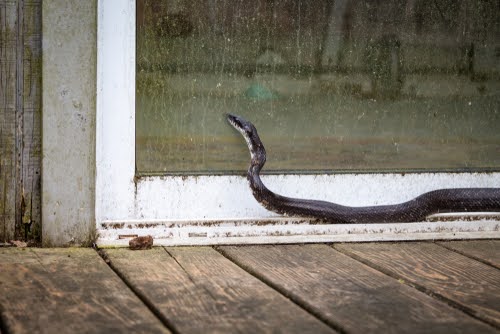
Keep Wildlife Pests Out of Your Space With Help From Varment Guard
Whether you’ve got a squirrel in your home, a bat in your basement, or a raccoon in the garage, we can help. The most important thing to do when dealing with a wild animal is to contact the pros. The sooner you contact us, the faster we can ensure your home is free of wildlife pests.

